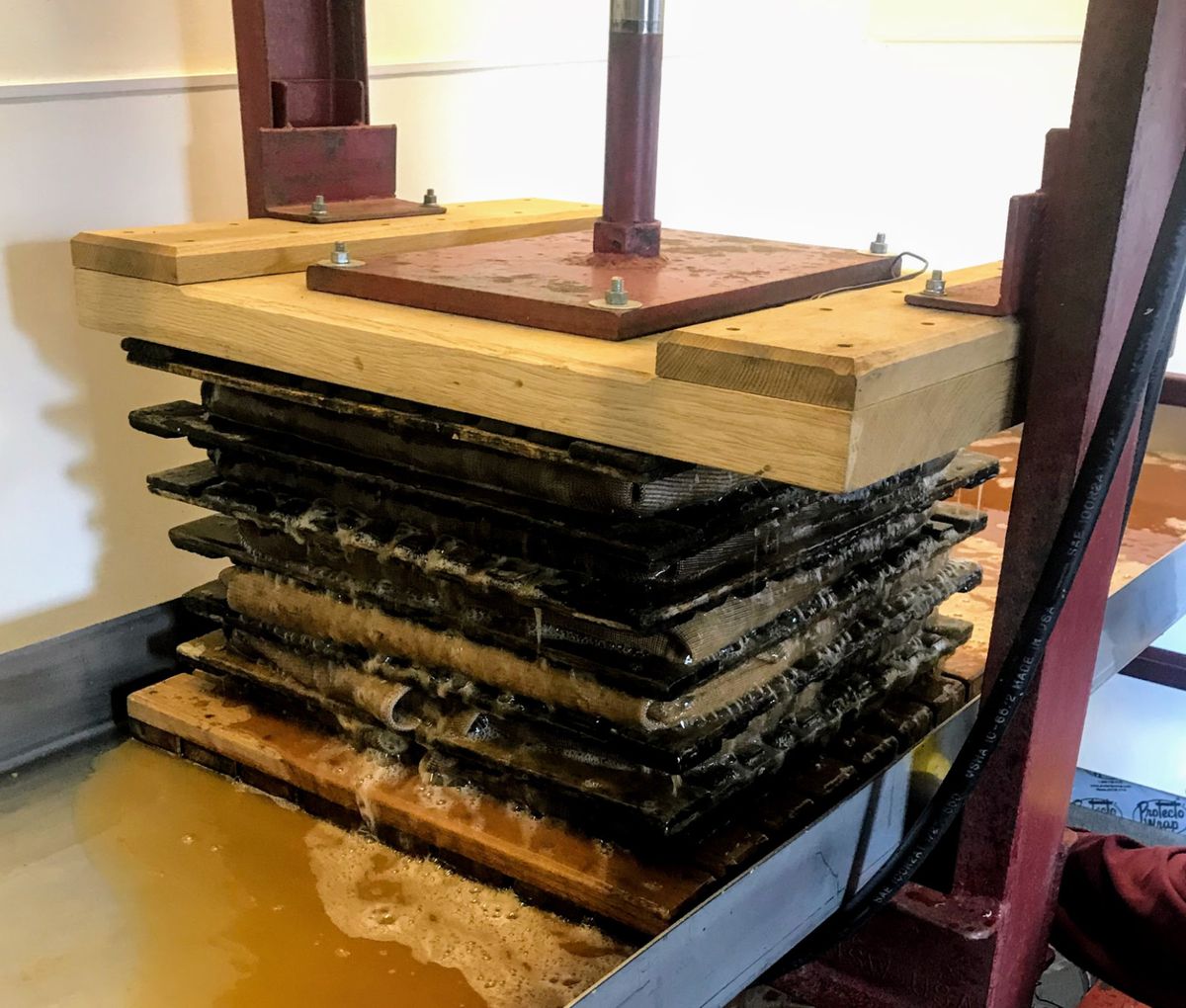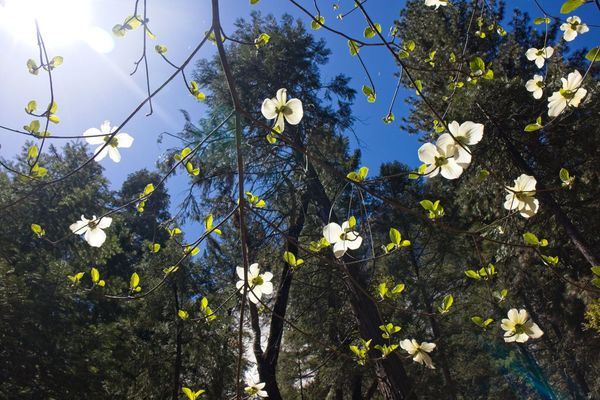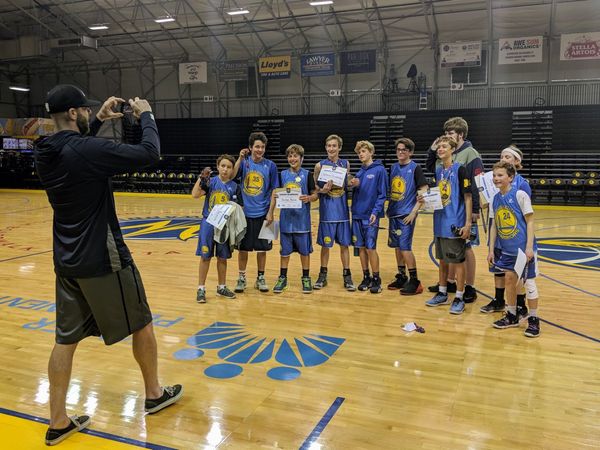🍏 Juicing the Apples
On Tuesday Tatyanna delivered our 300lbs of apples to the Mason Taylor Ranch along with 3 carboys, 3 piece water locks and sanitizer. The next day I helped juice the apples and started the fermentation process.

On Tuesday Tatyana delivered our 300 lbs of apples to the Mason Taylor Ranch along with 3 carboys, 3 piece water locks, and sanitizer. The next day I helped juice the apples and started the fermentation process.
Tatyana bought:
- 4 5 gallon glass carboys with drilled carboy stopper and 3 piece airlock,
- 1 carboy brush,
- 1 bottle of Star San sanitizer,
- 2 White Labs English Cider yeast,
- 1 Nottingham Ale Yeast
- 1 White wine yeast
Tuesday evening she created a starter from the 2 White Labs English Cider yeast and 64 oz of Trader Joe's Organic Apple Juice. The juice activates the yeast and gives us a chance to verify that the yeast is alive without spoiling a whole 5-gallon carboy. The starter started to lightly foam after 30-60 min proving that the yeast was alive and well.
On Wednesday morning I took the starter a 4th carboy and 2 large pots of sterilized (aka boiled) water to the apple ranch. At the ranch, the crew was already sanitizing the apples with a Star San solution.
I quickly sanitized the carboys and cut out the bad parts from the remaining good apples. All in all, we lost 4 gallons of apples due to rot. Most of the rotten apples were found during sanitation as good apples float and bad apples sink.
A crew of 3 ran the apple grinder and juicer. It is a 2 step process. First, the apples are ground to a pulp by dropping the apples in a shoot. The pulp is collected in a bucket. When the bucket is full, the pulp is folded in linen cloth. Layers of apple filled cloth and wooden lattices are stacked on top of one another. These layers are slid underneath the press that squeezes the juice out of them.
Our 300 lbs of apples required 2 squeezings. The 2nd squeezing required some additional lattices on top as there wasn't enough to build up with apple pulp alone. Our final yield was 21.5 gallons of apple juice. 20 gallons in the 4 carboys to make cider with and an additional 1.5 gallon to drink.
It was after filling the carboys and adding the starter that I discovered we had the wrong carboy plugs. Instead of drilled carboy stoppers we had solid carboy stoppers which don't accept an airlock. Bummer, as I now had to make a trip to Fermentation Solutions in Campbell to exchange them for the correct kind. Luckily, there wasn't much traffic, they remembered Tatyana and recognized the mistake and last but not least I didn't spill any apple juice along the way.
At home, I unloaded the carboys into the basement where the temperature is a bit cooler than the rest of the house and more stable. Exactly what the fermentation process required. I also activated the dry Nottingham Ale Yeast and poured it into the 3rd carboy. Placed 4th carboy on ice to slow down fermentation with natural yeast in the apple juice. This buys us time for the Mangrove Jack's Cider Yeast to arrive in the mail. It should come in Thursday or Friday.
That evening I converted the 3 piece airlock into a blow-off tube on the 3 active carboys. By now the fermentation process was well underway and foaming quite mightily.
The blow-off tubes lead to a 5-gallon bucket with sanitizer solution so that there still is an airlock. But this time foam can escape through the tube into the bucket where the sanitizer kills the yeast.
By the time I went to bed foam from 1 of the carboys was already escaping through the blow-off tube. And by the next morning, 6 am both White Labs carboys were "blowing off" with the Nottingham one not far behind.
For now, all we can do is wait for the Mangrove Jack's Cider Yeast to arrive. Add it to the 4th carboy when it arrives. And then wait for the fermentation process to complete. That should take about 2 weeks.





